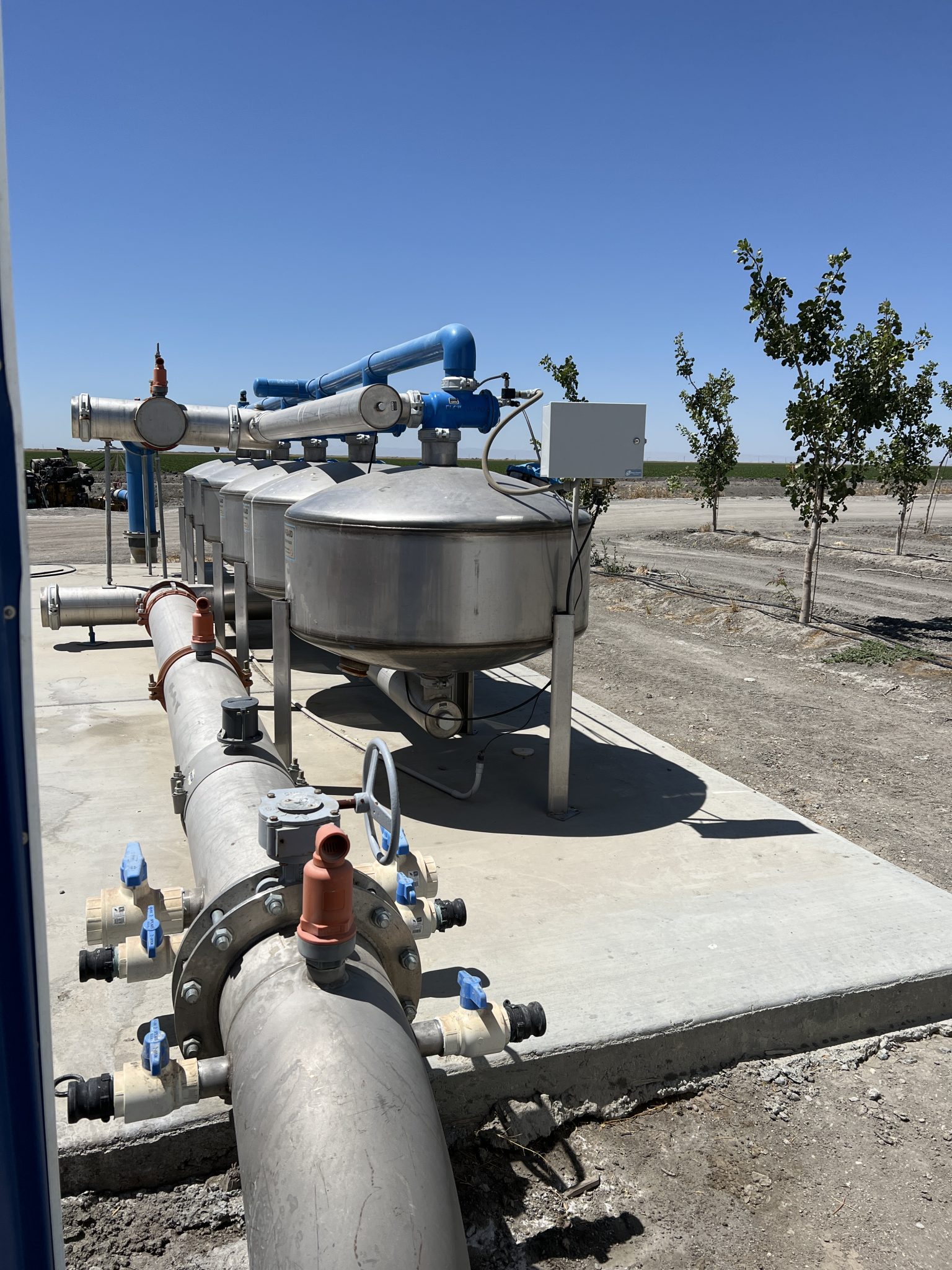
Replenish and rehydrate are key parts of a postharvest nutrition strategy in pistachio production.
Rich Kreps, crop advisor with Ultra Gro, said any strategy for getting nutrition into trees postharvest will be made much more difficult to implement if trees are not hydrated or if they have received a huge slug of water and anerobic conditions persist.
He also emphasized that postharvest nutrition is best done very soon after harvest (like as the last bin is leaving the orchard.)
“The trees need immediate soluble nutrition right after harvest. The longer after harvest you wait, there is less opportunity to get proper nutrition into the trees,” Kreps said. “This is a good opportunity to replenish the nutrients used to produce the crop.”
The postharvest shot of nutrition applied right after harvest helps the trees store carbohydrates, he explained, as the trees are still actively growing and the roots and leaves are able to take up the applied nutrients.
There is root flush postharvest and the trees have a critical need for calcium, along with zinc and boron. Foliar applications of nutrients postharvest will place the nutrients where the buds push the next season.
Water availability will be a factor in getting the nutrition into the trees. Smaller shots of water postharvest, enough to rehydrate the trees, is the best situation, but Kreps acknowledged that some growers won’t have that option. There will be an impact on the next season’s crop and possibly the year after if trees don’t get water postharvest and don’t get the nutrients they need, Kreps said.
Lack of hydration also makes foliar application of nutrients difficult. The nutrient application will be wasted as the trees will not be able to take it in and the leaves can also be burned by the materials.
Soils can make a difference in the delivery of nutrients postharvest. With highly sodic soils, Kreps said, there is an issue with getting the calcium, potassium and magnesium into the plant as the sodium will interfere. High-pH soils make it difficult to move manganese and iron as they oxidize in high-pH soils. These may be best applied in a foliar application.
Heavy soils can hold water, but since it does not move quickly through the soil profile, large slugs of water will cause anerobic conditions, which can be detrimental to tree health. With those conditions, Kreps said, just rehydrate with small shots of water.
“You do need an irrigation first before you start applying nutrition,” he said. “So, get the roots rehydrated first, then you can fertigate or spray foliarly. 8-12 hours can be plenty sufficient. Allow it to transpire up the trees, then in four to five days, fertigate or spray.”

Cecilia Parsons
Cecilia Parsons has lived in the Central Valley community of Ducor since 1976, covering agriculture for numerous agricultural publications over the years. She has found and nurtured many wonderful and helpful contacts in the ag community, including the UCCE advisors, allowing for news coverage that focuses on the basics of food production.
She is always on the search for new ag topics that can help growers and processors in the San Joaquin Valley improve their bottom line.
In her free time, Cecilia rides her horse, Holly in ranch versatility shows and raises registered Shetland sheep which she exhibits at county and state fairs during the summer.















